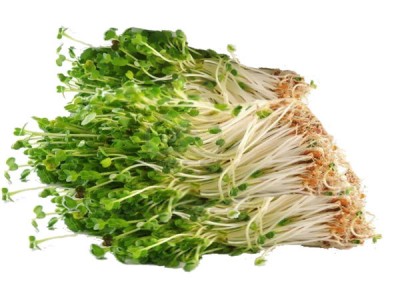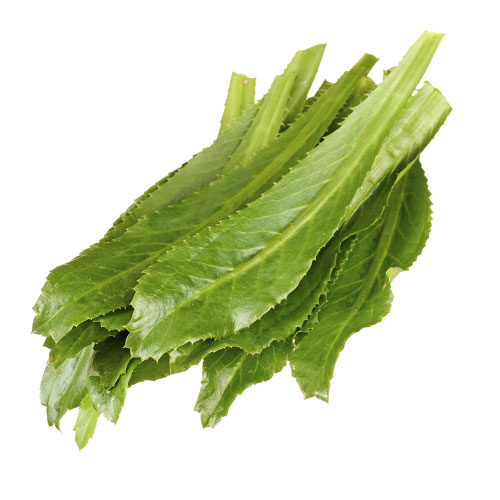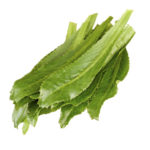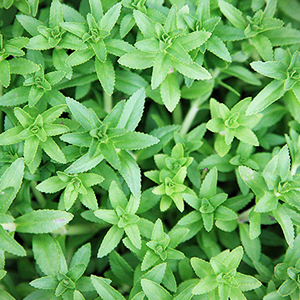

Culantro Leaves And Its Medicinal Values
Culantro
There are almost 80,000 species of edible plants in the world and 90% of foods human beings consume come from just 30 plants. Due to human intervention the planet has lost almost 80% of the original forests. It is imperative to note that 68% of plants are in danger of going extinct. So, the UNO has to take appropriate steps to protect and preserve the life of plants and trees immediately before they become extinct. This topic will deal with a tropical perennial and foul-smelling plant named Culantro. The botanical name of this plant is Eryngium foetidum. The other common names of this plant are long coriander, wild or Mexican coriander, fitweed, spiritweed, stinkweed, duck-tongue herb, saw-tooth or saw-leaf herb, and saw-tooth coriander.
Culantro is native to Mexico and South America. It is also found abundantly in West Indies. Culantro is used in various dishes throught Caribbean, Latin America and the West Indies. Culantro grows wonderfully in shaded moist heavy soils and thrives best under well-irrigated shaded conditions.
Medicinal Value Of Culantro
- This plant has calcium, iron, carotene, and riboflavin.
- The harvested leaves are used as flavoring for meat and other foods.
- The name fitweed is derived from its supposedly anti-convulsion ingredients.
- The leaves are used for curing flu, diabetes, constipation and fevers.
- The leaves are in big demand USA and sold in various super markets. One exporter who is based in Trinidad exports 2.4 tons of fresh culantro leaves to US.
- This herb is used extensively in West Indies, especially in Caribbean and in India and Korea.
- It is used as a seasoning in chutneys, meat dishes, sauces, preserves and snacks.
- The fragrance emitted from the leaves is somewhat like crushed bedbug.
- This ornamental herb has thick roots and waxy leaves with wonderfully blue flowers in cymose heads.
- It has tap roots with long branched roots.
- The oblanceolate leaves, arranged spirally around the short thick stem, form a basal rosette and are as much as 30 cm long and 4 cm broad.
- The leaf margin is serrated, each tooth of the margin containing a small yellow spine.
- The plant produces a well-branched cluster of flower heads in spikes forming the characteristic umbel inflorescence on a long stalk arising from the center of the leaf rosette.
- In Caribbean Islands it is found lavishly in Trinidad and Tobago.
- It grows well under full sunshine and partially shaded moist locations.
- Culantro generally grows in a wide variety of soils and it does best in moist well drained sandy loams high in organic matter particularly under full light.
- Culantro is free from dangerous infestations, but suffers from leaf spot problems.
- The flower heads are attractive to green insects such as lacewings, ladybugs.
- The culantro leaves are more pungent compared to cilantro.
- The culantro plant is very popular in Thailand, Malaysia, and Singapore and the people living in these countries use it as a flavoring in salads, soups and other meat products.
- The plant is used in traditional medicines for fevers and chills, vomiting, diarrhea, colds, pneumonia, flu, diabetes, constipation, malaria fever and convulsions in children.
- The juice of the leaves is applied on the areas affected by scorpion sting.


